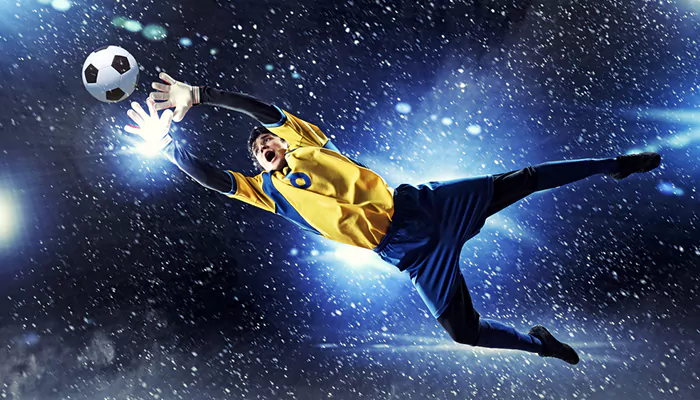
How to save a goal like an artist
In the world of football, goalkeepers hold a unique position of importance, serving as the last line of defence against opposing attacks. The art of goalkeeping requires a combination of tactical awareness, technical skill, and mental resilience to effectively keep the ball out of the net. Join us as we delve into the intricacies of goalkeeping, exploring the strategies, skills, and challenges that define this critical position on the pitch.
Goalkeeping is as much about positioning and decision-making as it is about making saves. Goalkeepers must constantly assess the flow of the game, anticipate opposition movements, and position themselves accordingly to close down angles and minimise scoring opportunities. Effective communication with defenders and organising the defence is also crucial for maintaining a cohesive defensive unit.
From shot-stopping to commanding the penalty area, goalkeepers must possess a wide array of technical skills to excel in their role. This includes diving techniques, reflex saves, handling crosses, and distributing the ball accurately to start counterattacks. Goalkeepers must also be proficient in one-on-one situations, staying big and making themselves difficult to beat in face-to-face confrontations with opposing attackers.
Goalkeeping can be a mentally demanding position, requiring strong nerves and unwavering focus to perform under pressure. From dealing with the weight of responsibility to overcoming mistakes and setbacks, goalkeepers must maintain confidence and composure throughout the game. Developing mental resilience involves staying present in the moment, bouncing back from adversity, and maintaining a positive mindset regardless of the circumstances.
Goalkeepers must possess excellent physical conditioning to endure the rigours of the position, including explosive agility, strength, and stamina. Strength training, agility drills, and cardiovascular conditioning are essential for maintaining peak performance over the course of a match and a long season. Goalkeepers must also pay special attention to injury prevention, as the position often involves high-impact collisions and diving saves.
The nature of goalkeeping is ever-evolving, with new techniques, tactics, and challenges emerging over time. Successful goalkeepers are adaptable and open to learning, constantly seeking ways to improve their skills and stay ahead of the game. This may involve studying film, working with specialised goalkeeper coaches, and participating in regular training sessions to refine technique and stay sharp.
The art of goalkeeping is a multifaceted discipline that demands a combination of tactical acumen, technical proficiency, mental resilience, and physical conditioning. From strategic positioning in the penalty area, anticipating attacking plays before they unfold, to reflex saves that defy belief and command over their area, goalkeepers play a vital role in their team's success on the football pitch. They are the last line of defence, a wall against the opponent's relentless assault on the goal. By meticulously studying tactics, honing their shot-stopping skills through countless hours of training, and embracing the mental and physical challenges of the position, goalkeepers can truly excel as guardians of the goal. Mastering these aspects allows them to make a significant impact on the outcome of matches, transforming them from a mere net-minder to an inspirational leader at the back.